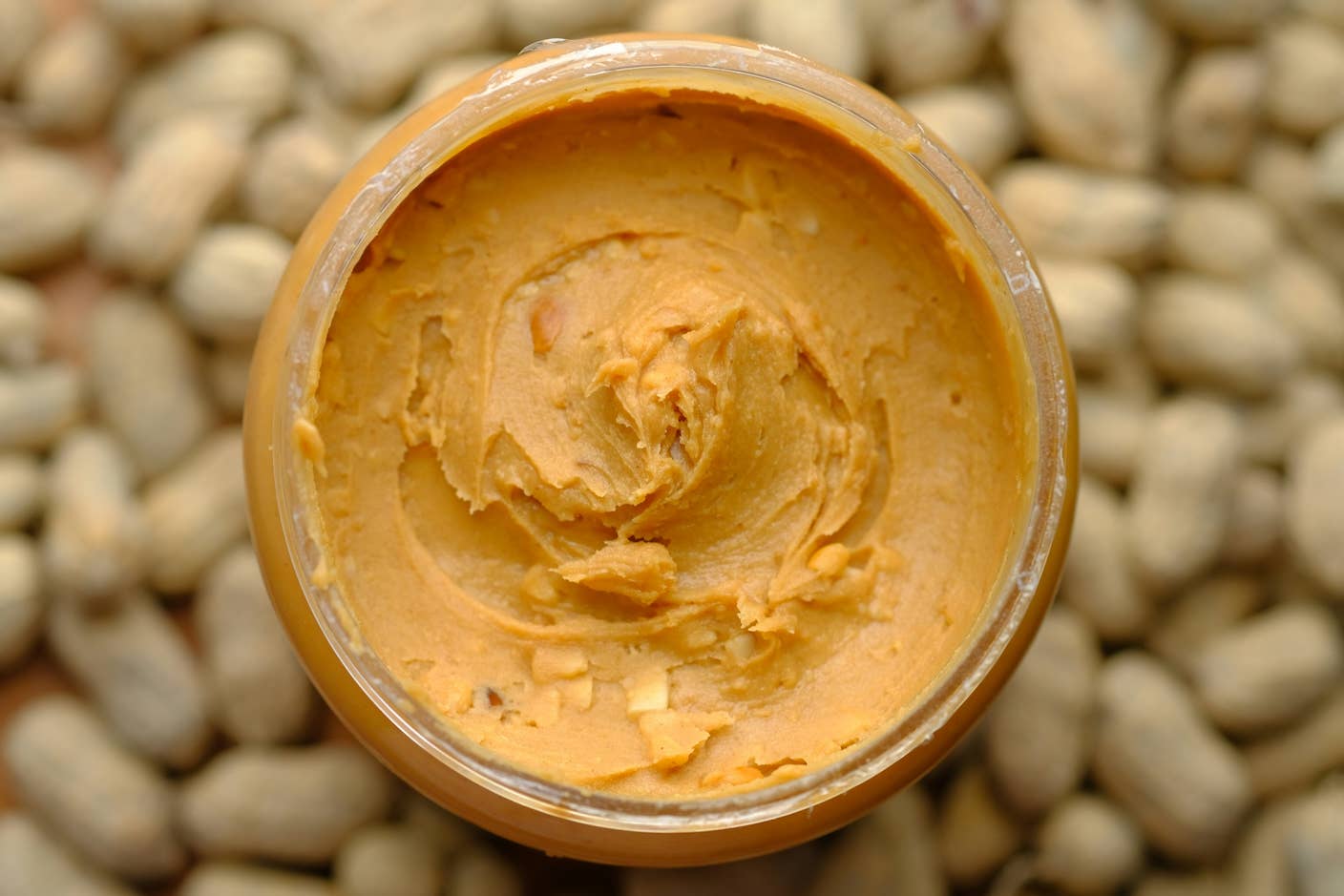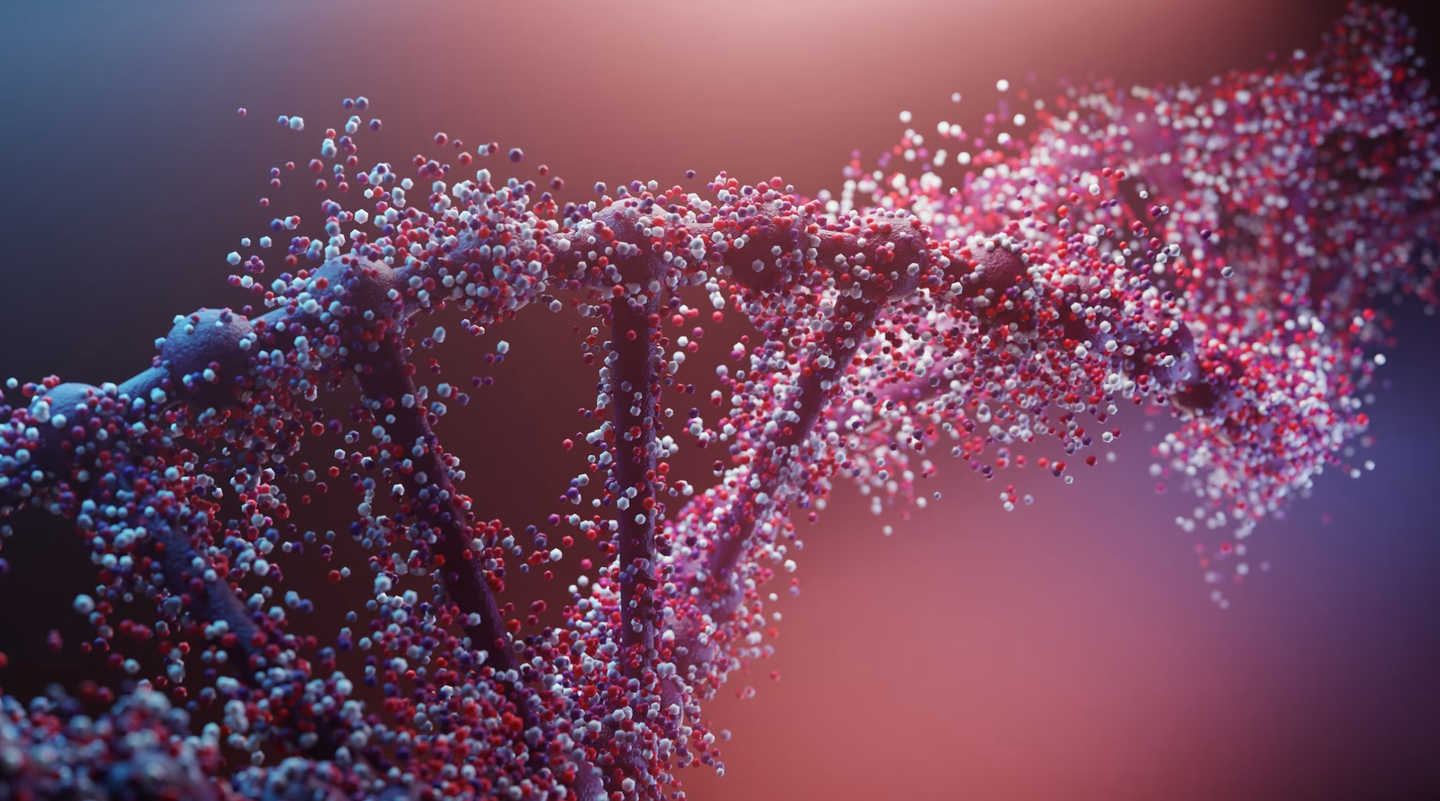New ‘Aging Clock’ Predicts the Maximum Lifespan of 348 Mammals Including Humans

Share
In 1997, Jeanne Calment passed away at the age of 122 and a half. The longest living human documented to date, she pushed the boundary of what was previously considered the maximum human lifespan.
Meanwhile, in 2023, Guinness World Records recognized Pat the mouse as the oldest mouse alive at a little over nine and a half years old—just a sliver in years compared to humans.
When it comes to lifespan, we mammals have an astonishing range. The common shrew lives less than two years; bowhead whales thrive for at least 211 years. Why the discrepancy?
Part of it, according to Dr. Steve Horvath and colleagues at the University of California, Los Angeles, comes down to epigenetics: the chemical tags attached to DNA that flip genes on or off. The type and position of these tags shift through major life events—puberty, aging—and even with dietary changes.
Unlike genetics, the study of genes coded in DNA, epigenetics better captures the “here and now” of gene expression as we go through life. Previously, Horvath and others have tapped epigenetics to develop “aging clocks” that predict a person’s biological age—that is, how old your body is biologically, rather than the number of candles on your birthday cake.
In a new study in Science Advances, Horvath’s team expanded their epigenetic clocks to predict three life-changing traits: gestation time—how long the next generation fully grows in the womb—puberty, and maximal lifespan.
“Many have suggested that epigenetic mechanisms play a role in determining lifespan,” wrote the team in the paper.
Taking advantage of data from the Mammalian Methylation Consortium, they analyzed one type of epigenetic modification in over 15,000 tissue samples across 348 mammals and developed multiple epigenetic predictors for the three life-history traits across species.
The predictors were reliable. When challenged with lifestyle and demographic factors often associated with changing epigenetic markers—for example, weight, race, and biological sex—they retained their accuracy. Surprisingly, even notable methods for extending lifespan in the lab, for example, caloric restriction, had little effect on the clock’s measures.
“This [epigenetic] signature may be an intrinsic property of each species that is difficult to change,” the team wrote.
Epigenetic Islands
Horvath is no stranger to epigenetic clocks.
Back in 2022, his team analyzed over 13,000 human tissue samples across decades of ages to develop a “measuring tape” for biological age. It sounds silly—I know how old I am. But decades of research shows that cells, tissues, and people have a biological age that doesn’t necessarily correspond to their years on Earth—“you look a lot younger than you are!”—which may be reflected in the epigenome.
The key to the aging clock was a type of epigenetic change dubbed methylation, and more specifically sections of DNA called CpG islands. In epigenetics, chemical tags usually tack on or off like Velcro. But in puberty or aging, some permanently cling onto genes, essentially shutting them off.
In other words, this particular type of epigenetic change—methylation on CpG islands—can hide a wealth of information on development, aging, and health across mammalian species. Horvath and collaborators used their results to found the Clock Foundation, a non-profit that makes epigenetic aging clocks and data more accessible for scientists to predict healthspan—how long you stay healthy with age—and lifespan.
The Mammalian Methylation Consortium is a core resource in the work. The international effort has profiled over 15,000 samples from 348 mammals, including an impressive library of exotic tissue samples—blood from harbor seals, sheep ear, naked mole rat skin. With a custom-made methylation array, the collaboration has captured roughly 36,000 highly conserved CpG islands.
Previous studies analyzing the data focused on humans; the new study took a bird’s-eye view across species.
Predicting Life History
The team focused on three major “life-history traits:” gestation time, age at maturity, and maximum lifespan. To be clear, lifespan analysis is based on current records—that is, the longest living example documented for any species, rather than a theoretical projection of potential increase in lifespan.
Developing several algorithms, the team matched their prediction to a public database, AnAge, which includes extensive longevity records of multiple species. The predictor for maximum lifespan “aligned closely with those recorded in anAge,” wrote the team.
Be Part of the Future
Sign up to receive top stories about groundbreaking technologies and visionary thinkers from SingularityHub.


Gestation time was even more accurate—likely because it’s easier to measure—whereas the algorithm struggled to predict puberty.
Playing around with the algorithm, the team next built a separate lifespan predictor using data from young animals, before the age of five and before the onset of puberty. Surprisingly, it also worked. For species with a lifespan over 20 years, analyzing methylation had “remarkable accuracy,” wrote the team. It suggests that the maximum lifespan is somehow already imprinted into DNA samples of a species, regardless of age.
Overall, the “epigenetic indicators of life-history traits” when looking at specific species and individuals don’t always correlate with age, wrote the team.
Ready, Steady
A main criterion for any epigenetic clock is reliability. Maximum lifespan isn’t necessarily set—it’s influenced by many factors we don’t yet fully understand. Weight, demographics, diet, and hormones are already proven to lengthen or shorten overall lifespan.
The team next put their epigenetic predictor through several challenges known to alter the epigenome.
One was diet. A high-fat diet tends to slash how long mice live. The predictor linked liver samples from mice given a "cheese and butter" diet to lower maximal lifespan for these critters, compared to peers with a normal diet. However, caloric restriction, a widely used intervention that promotes longevity, didn't change the predictor's results. Overall, the predictor seems to be relatively stable to dietary changes that could affect lifespan, at least for mice, the team explained.
In another test, the team used the predictor to assess the maximum lifespan from blood samples of two major human studies—the Framingham Heart Study and the Women’s Health Initiative, with over 4,500 samples in total. Smoking, race, weight, metabolism, and cognitive function had no influence on the epigenetic predictor for maximum lifespan.
So, what did make a difference? Across the board, the main factor was biological sex. In 17 out of 18 analyzed mammalian species—including humans—females tended to have methylation factors that increased their lifespan by roughly one percent compared to males.
What to make of all of this?
For one, the results suggest that lifestyle behaviors—what you eat, drink, and such—may not influence the maximum bounds of lifespan, at least when measured using these epigenetic predictors. It’s a controversial idea, and the team adds caveats in their conclusion. A main one is that methylation data for human samples was obtained using a different sequencing platform, which could trip up the analysis. “Future research should revisit these findings” using a screening array similar to that used by the consortium, the team explained.
The tool also generated different predictions depending on tissue samples, with blood generally predicting a longer lifespan than, say, brain or kidney. The study used an average of all samples for their algorithm. But finding the reason behind tissue-specific differences could lead to insights into how their methylation changes with age—for any mammal.
“Together our results suggest that species maximum lifespan is strongly associated with an epigenetic signature,” wrote the team. As a next step, they hope to find interventions that can alter epigenetic lifespan.
Dr. Shelly Xuelai Fan is a neuroscientist-turned-science-writer. She's fascinated with research about the brain, AI, longevity, biotech, and especially their intersection. As a digital nomad, she enjoys exploring new cultures, local foods, and the great outdoors.
Related Articles

New Immune Treatment May Suppress HIV—No Daily Pills Required

Scientists Just Developed a Lasting Vaccine to Prevent Deadly Allergic Reactions

One Dose of This Gene Editor Could Defeat a Host of Genetic Diseases Suffered by Millions
What we’re reading